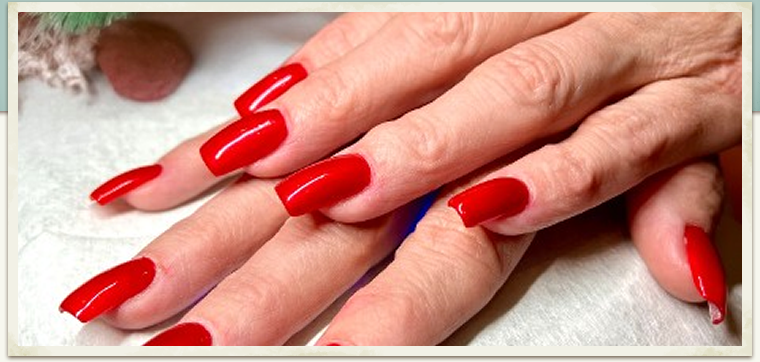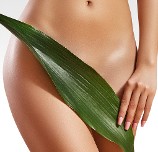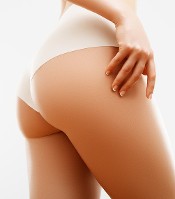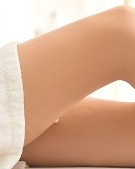| Feminine Intimate Bleaching Treatments |
|
Female focused intimate cosmetic treatments to diminishing dark pigmentation in labial and anal areas, started as a Hollywood trend, and were offered only in a few spas in New York and Los Angeles. Today, is perfectly normal to do, and is very popular with people that wish to have brighter, more evenly toned intimate areas. This is a natural body bleaching. The results are absolutely amazing. SERVICES AY NOT BE AVAILABLE FOR MEN - PLEASE CALL BEFORE PURCHASE. ALL SERVICES ARE NON-REFUNDABLE.
SCROLL DOWN TO SEE ALL BLEACHING SERVICES
|
|
Are you looking for a reputable professional esthetic spa for intimate bleaching? LeVonne de Spa is an excellent choice. Many people seek to enhance the appearance of various body parts, including intimate areas. It is essential to choose a certified CIDESCO esthetic day spa that respects your goals, dignity, and privacy. We provide a wide range of safe, comfortable, and hassle-free services for intimate bleaching and vaginal area rejuvenation..
* All hair should be removed by professional waxing or laser for maximum results of bleaching. Hair remaining in desired treatment areas can reduce efficacy by 50%.
| • Labia Bleaching |
• Anal Bleaching |
• Buttocks Bleaching |
• Inner Thigh Bleaching |
| • Axillary (Armpit) Bleaching |
• Underarm Bleaching |
• Elbow & Knee Bleaching |
• Areola -Nipple Bleaching
|
What is professional intimate bleaching?
Intimate skin bleaching is a process designed to restore your skin's natural glow and lighter tones by reducing the appearance of hyperpigmentation and removing dull, dead skin cells from the surface. Brightening the skin is essential to many people's daily skincare routines, as it rejuvenates the skin's natural tone and cleanses it. Contrary to some opinions, skin lightening has beneficial effects on your skin. A skin brightener can reduce hyperpigmentation or dark spots and restore a more even skin tone.
The primary goal of skin bleaching is to lighten the skin and reduce blemishes and dark spots, particularly in sensitive areas such as around the anus, labia, upper inner thighs, areola, and underarms. Many seek this treatment for a more uniform appearance. Licensed and CIDESCO-certified practitioners carry out all procedures, and we also offer effective home care solutions to maintain results between visits.
1) Are the treatments painful?
Clients may notice tingling, sensitivity, and redness after treatment; however, these sensations are temporary and will quickly fade, allowing you to enjoy the benefits without concern.
2) How many treatments will it take to lighten (via bleaching) the desired area(s)?
NOT A ONE TREATMENT and DONE Bleaching Treatment! Each individual's pigment severity, desired outcome and skin type is different, therefore it will vary from person to person.
The average person requires at least six treatments to achieve the desired lightening. Achieving a color that conforms with the surrounding skin may take 12 or more treatments. The effects of a bleaching treatment are semi-permanent and require 90-day maintenance after attaining the desired level. Melanin does replenish itself.
3) What is the difference between Bleaching and Brightening intimate areas?
Bleaching is applied to the desired pigmented area(s), not the surrounding skin and will lighten by levels that you can easily recognize. How many levels of lighteness achieved varies from one individual to the next. Brightening enhances the brightness to the area. (See Optical Brightening Treatment benefits below )
4) What are the benefits of Optical Skin Brightening Treatment?
This beneficial treatment not only enhances the results of bleaching. It also maximizes its visual effects by making the skin reflect light. As a result, the skin appears brighter both to the naked eye and in photographs and media.
5) Does our feminine brightening treatment contain Hydroquinone?
No, our feminine bleaching and brightening treatments do not contain hydroquinone, making it one of the few skin lightening products on the market free from this harmful ingredient.
****Research indicates that prolonged use of hydroquinone can lead to a condition called exogenous ochronosis, which results in a bluish-black discoloration of the skin. While hydroquinone effectively inhibits melanin production to lighten the skin, long-term use can also harm your pigment cells. Additionally, there is credible clinical research suggesting a potential link between hydroquinone and the development of cancer cells.
|











